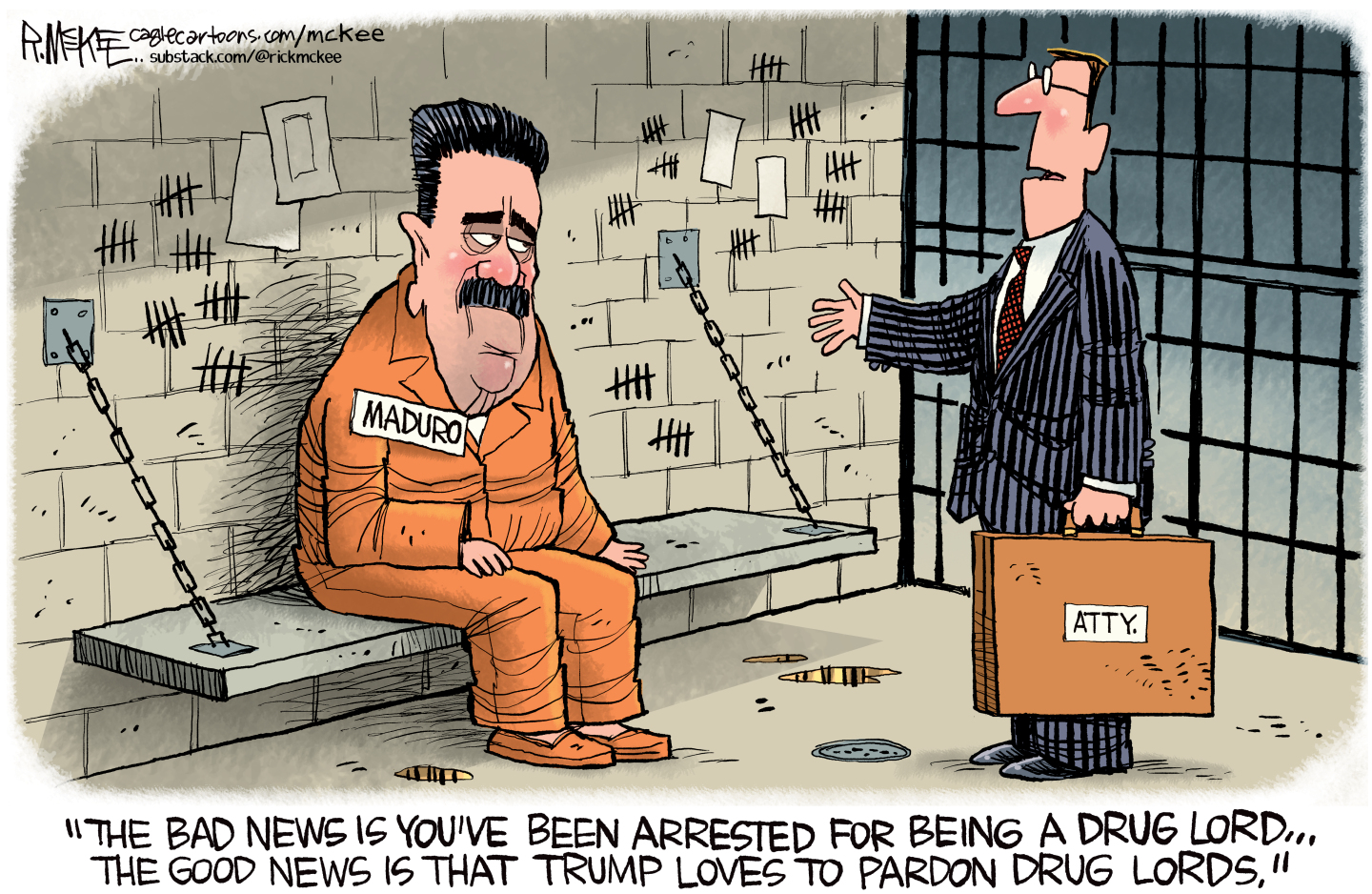Which island paradise would you save?
Wildlife experts nominate the unique, biodiverse places they love above all others
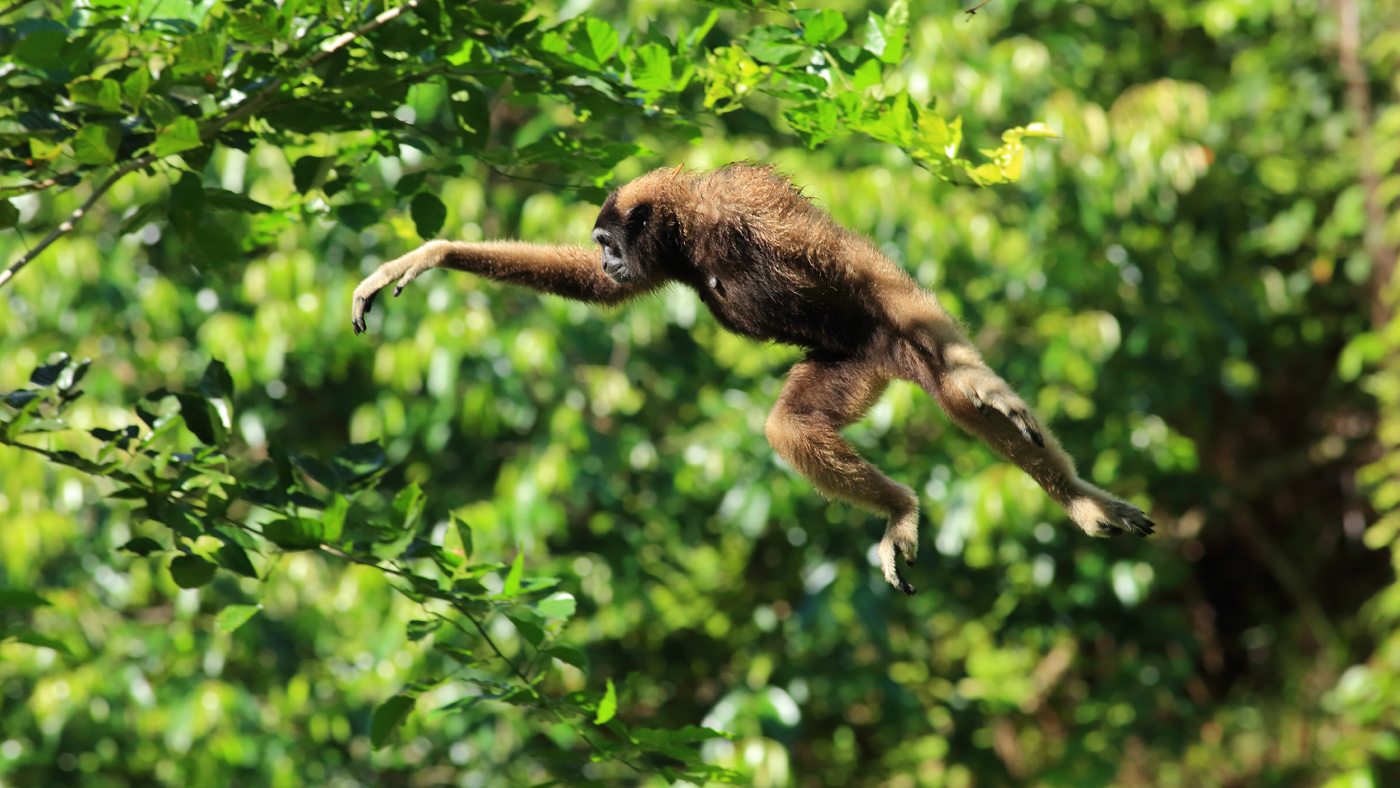
The islands between Australia and Asia are some of the most biologically rich habitats on Earth, teeming with beautiful and bizarre creatures.
Continental drift has pushed landmasses together and pulled them apart, allowing animals first to spread – and then to develop in isolation. In some cases, even individual islands are divided by high mountains, allowing separate ecosystems to evolve over millions of years.
In one example of this remarkable development, seen in the Nat Geo WILD series Paradise Islands, Sundays at 6pm, the volcano bird of Papua New Guinea lays its eggs in warm ash and leaves them there to incubate. In another, tree kangaroos climb – somewhat clumsily – in search of fruit.
The Week
Escape your echo chamber. Get the facts behind the news, plus analysis from multiple perspectives.

Sign up for The Week's Free Newsletters
From our morning news briefing to a weekly Good News Newsletter, get the best of The Week delivered directly to your inbox.
From our morning news briefing to a weekly Good News Newsletter, get the best of The Week delivered directly to your inbox.
Now, however, the seclusion that has served these species so well is their greatest enemy, according to Dr Nisha Owen, who runs ZSL’s Edge of Existence programme. “These species have literally nowhere else to go,” she said during a debate hosted by Nat Geo WILD and The Week. “They can’t move to another forest. They can’t move to another island.”
The flora and fauna of the paradise islands are under threat from a booming human population that destroys habitats and introduces invasive species such as rats, which kill animals and eat plants, upsetting the delicate local balance.
The felling of primary rainforest to make way for palm oil plantations is another threat. “We cut down some of the most diverse beautiful rainforests in the world and we plant a monoculture which is palm oil,” said wildlife photographer Craig Jones. In the plantations, “nothing really lives – not even bugs in the ground”.
Adventurer and writer Benedict Allen agreed, recalling his first visit to Papua New Guinea in the early 1980s. “When I went there by helicopter this was paradise,” he said, “it was glorious – the mists in the mornings, the gibbons calling out. And now that has been clear-felled.”
But we can make a difference, Jones insisted. “You can live palm oil-free,” he said, and we can learn to manage invasive species such as rats, cats, goats and pigs in delicate ecosystems.
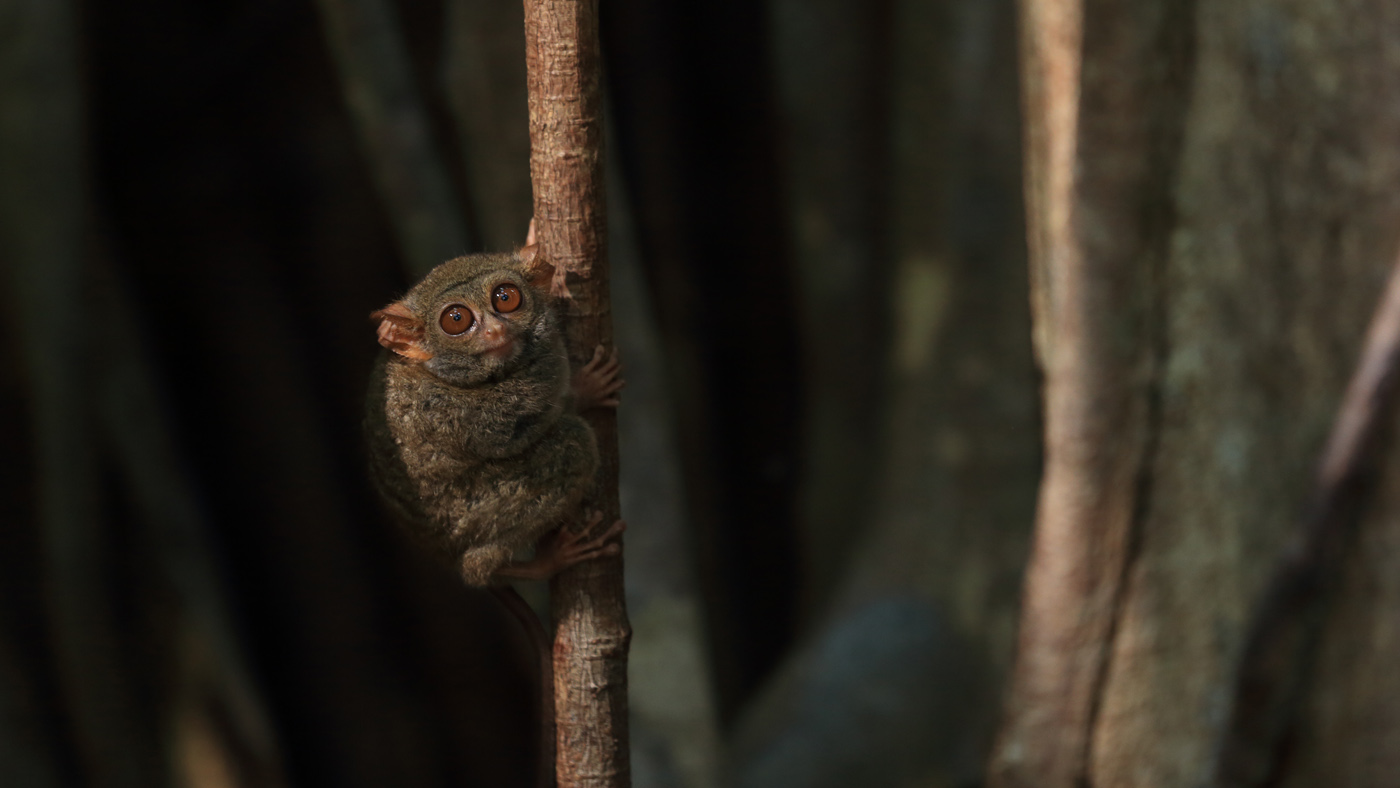
Last chance
Given the urgency to protect wildlife and plants, we asked our debate panellists which single nation, region or island they would choose to preserve if they could only save one.
Papua New Guinea
Benedict Allen’s choice, Papua New Guinea, is the largest tropical island on the planet, and around the same size as Spain. “It’s because it’s so inaccessible that so much has survived,” he says. Swamps and jagged mountain ridges divide the island into separated pockets, which also affects the human population: the island has around 850 different languages, says Allen.
New Guinea is home to 39 species of birds of paradise, he adds. Early European travellers believed these extravagantly plumed birds had no legs and lived their entire lives in the sky – for the macabre reason that the killed and dried specimens local people gave them usually had the legs removed.
Sulawesi
Natural history cameraman – who has worked for the BBC, ITV and National Geographic – describes Sulawesi as an “extraordinary place”. Because parts of the island were once connected with both the Australian and Asian continents, it is “one of the few places on Earth that has a combination of Australian fauna and Asian fauna”, Cale says.
Spectral tarsiers, with “little faces like Nosferatu”, that come out from hollow trees at night to feed “were mind-blowing to film”, he adds. As well as tarsiers, the world’s only wholly carnivorous primates, Sulawesi’s favourite unusual animals include Sulawesi bear cuscuses which, despite their name, are marsupials.
Sumatra
This Indonesian island is “the only place on Earth where four of the rarest animals live”, says Craig Jones – the Sumatran tiger, rhino, elephant and orangutan. “I’ve been to many places,” he adds, “but orangutans hold something dear to me.” There are about 12,000 Sumatra orangutans left in the wild – and a “handful of tigers”, he adds.
The island is known as the Land of Gold because of precious metal deposits – but for Jones, it is an island full of living riches. Among other amazing flora, it has the world’s largest individual flower, Rafflesia arnoldii - nicknamed the "corpse flower" for the stench of rotting meat it emits to attract insects for pollination.
Brazil
Rather than choosing an island for protection, photographer Will Burrard-Lucas wants to preserve the entire Amazon rainforest, because it “harbours an incredible diversity of wildlife”, from jaguars to anteaters. Earth's rainforests have often been called the “lungs of the Earth", he adds, "because they do so much for our atmosphere”.
In a 2013 study, researchers from the Field Museum in Chicago estimated there were about 390 billion trees in the Amazon. Around 60% of the 2.1 million-square-mile forest is located in Brazil, with the rest in Peru, Colombia and six other South American nations.
Cuba
Nisha Owen’s choice is perhaps surprising: Cuba. But she says the island’s lack of economic development under Fidel Castro kept its ecosystems intact; so much so that the island is known as “the accidental Eden”. She adds: “There’s still a lot to discover there.”
One Cuban animal has been discovered, lost and rediscovered: the Cuban solenodon, one of the world’s few venomous mammals. First documented in the 19th century, by the 1970s it was believed to be extinct, because none had been caught since 1890. But the rat-like burrower still exists: a specimen was trapped – and released after study – in 2003.
Three of these five choices feature in the Nat Geo WILD series Paradise Islands – and the weird and wonderful animals they are home to can be seen in remarkable footage in the second episode, Creatures of the Moon.
Paradise Islands episode two, Creatures of the Moon, is on Sunday 8 October at 6pm on Nat Geo WILD.
Paradise Islands ©Terra Mater
A free daily email with the biggest news stories of the day – and the best features from TheWeek.com
-
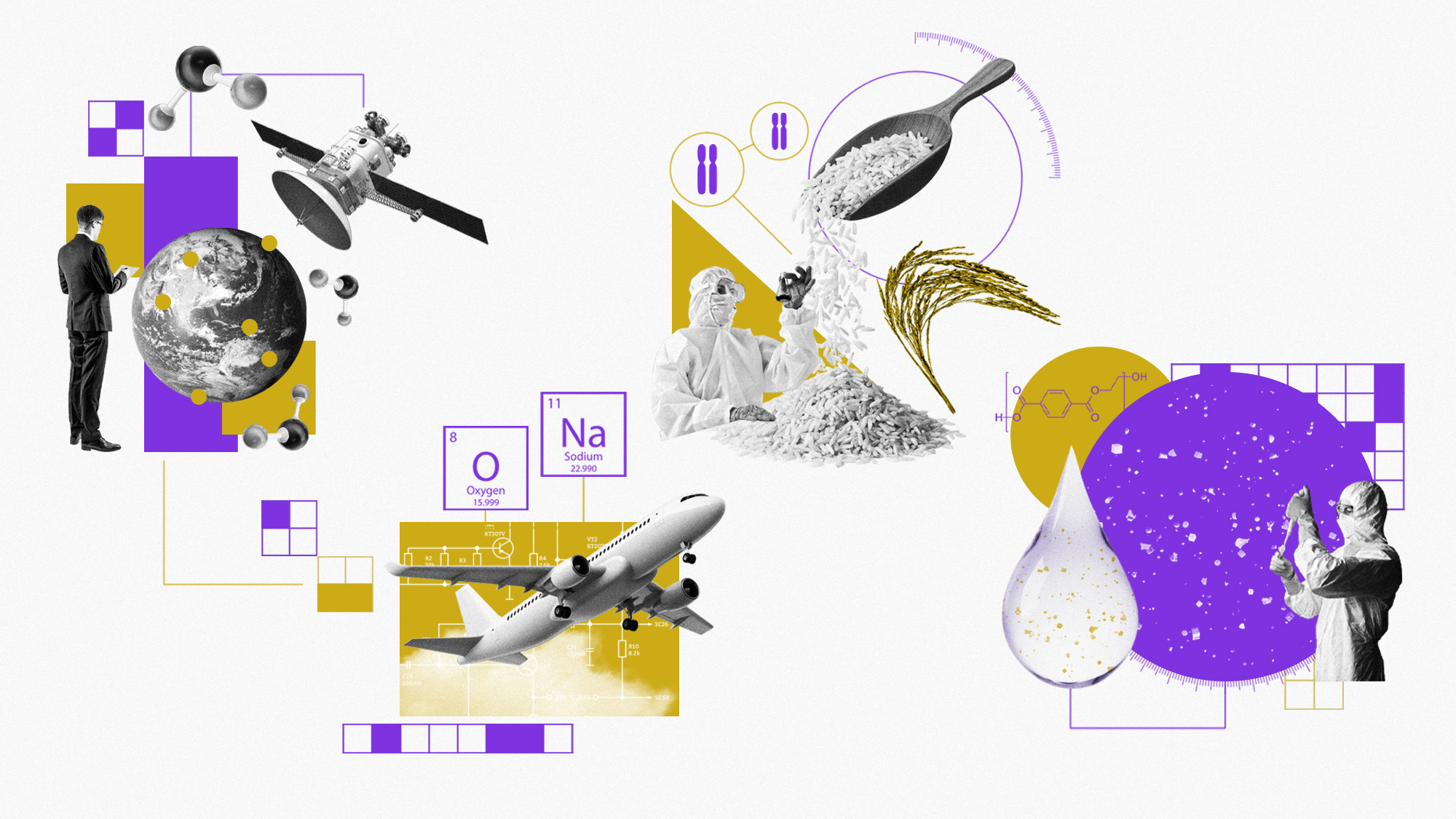 Environment breakthroughs of 2025
Environment breakthroughs of 2025In Depth Progress was made this year on carbon dioxide tracking, food waste upcycling, sodium batteries, microplastic monitoring and green concrete
-
 Crest falling: Mount Rainier and 4 other mountains are losing height
Crest falling: Mount Rainier and 4 other mountains are losing heightUnder the radar Its peak elevation is approximately 20 feet lower than it once was
-
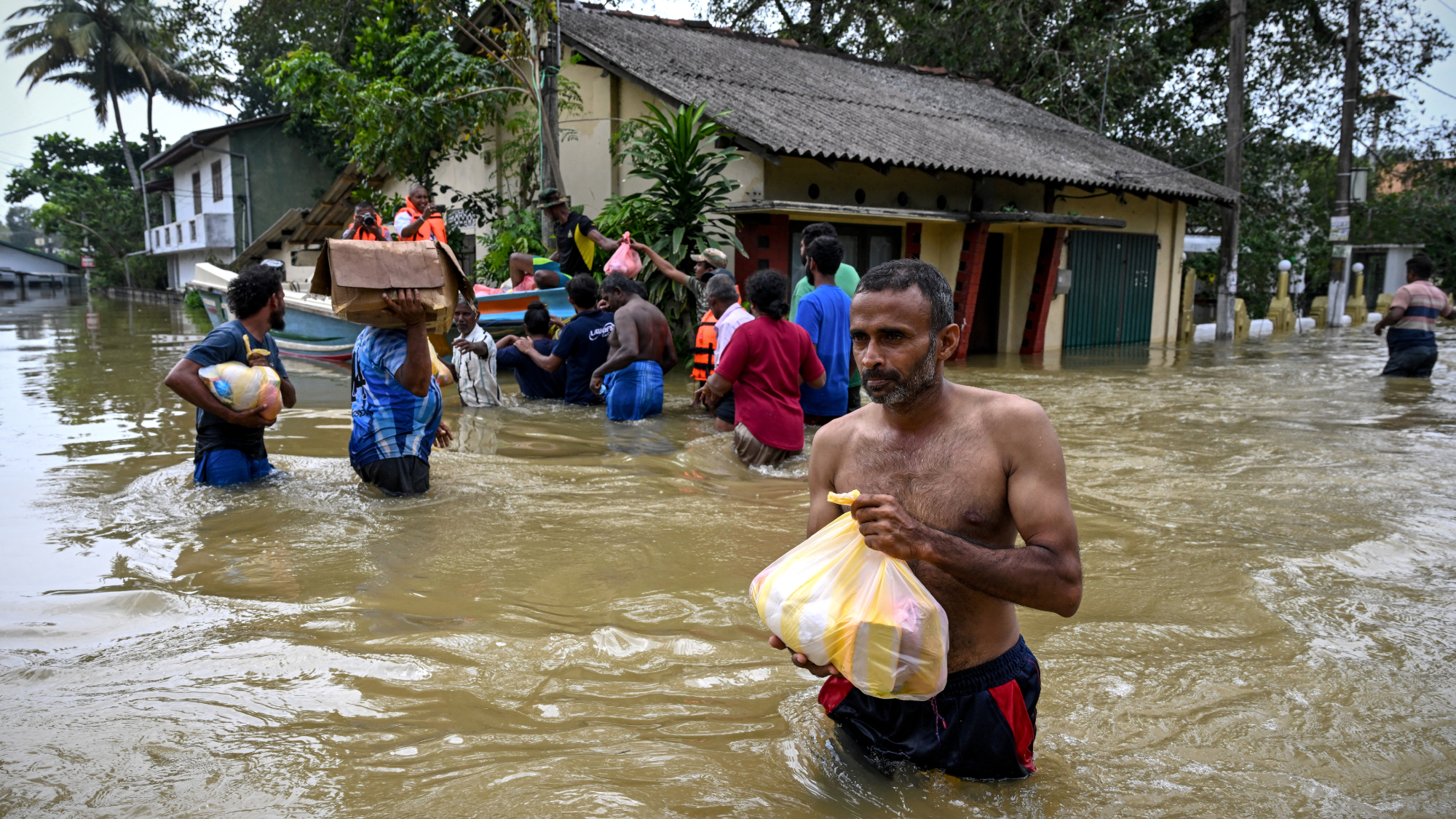 Death toll from Southeast Asia storms tops 1,000
Death toll from Southeast Asia storms tops 1,000speed read Catastrophic floods and landslides have struck Sri Lanka, Indonesia, Thailand and Malaysia
-
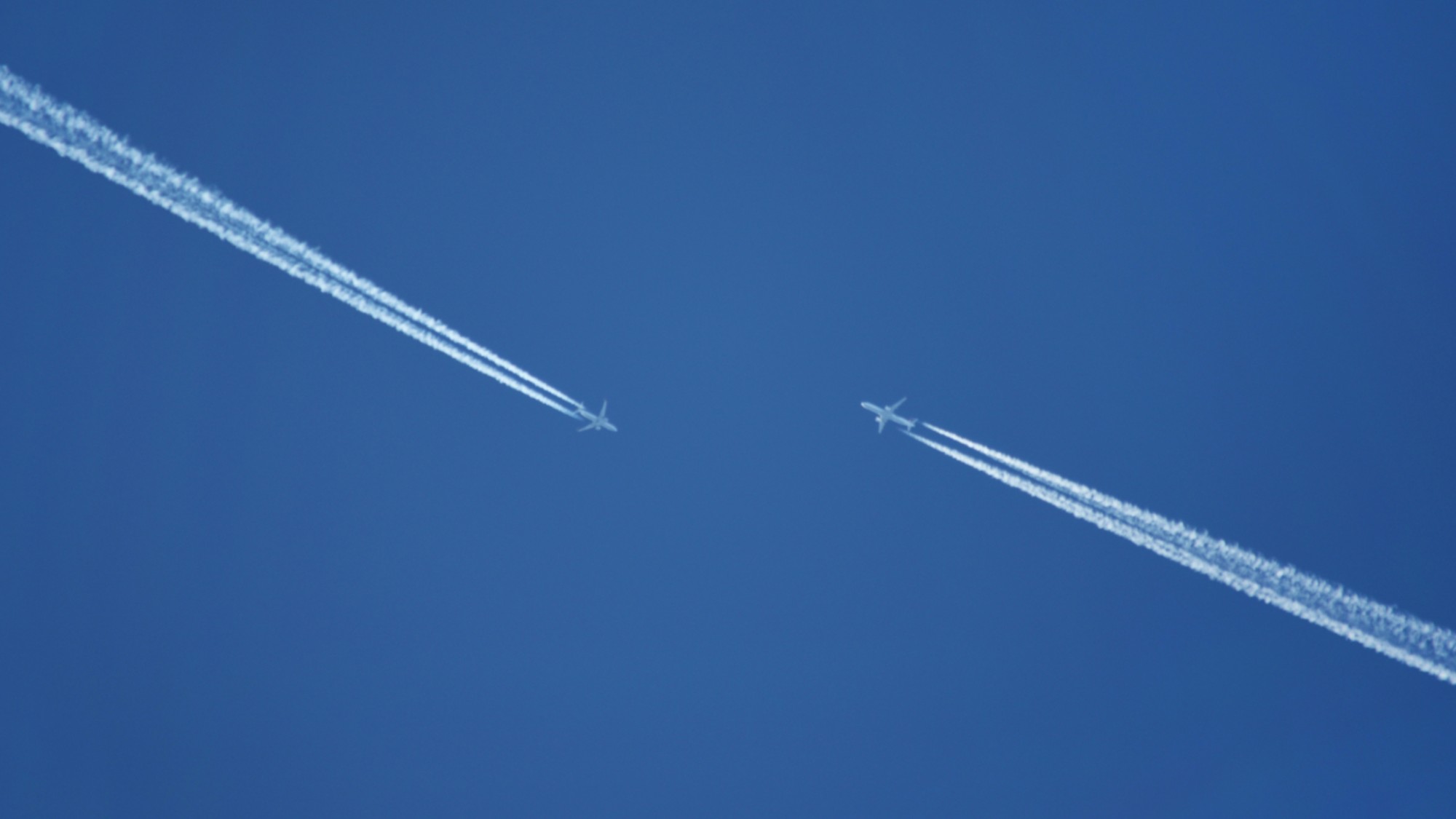 Can for-profit geoengineering put a pause on climate change?
Can for-profit geoengineering put a pause on climate change?In the Spotlight Stardust Solutions wants to dim the sun. Scientists are worried.
-
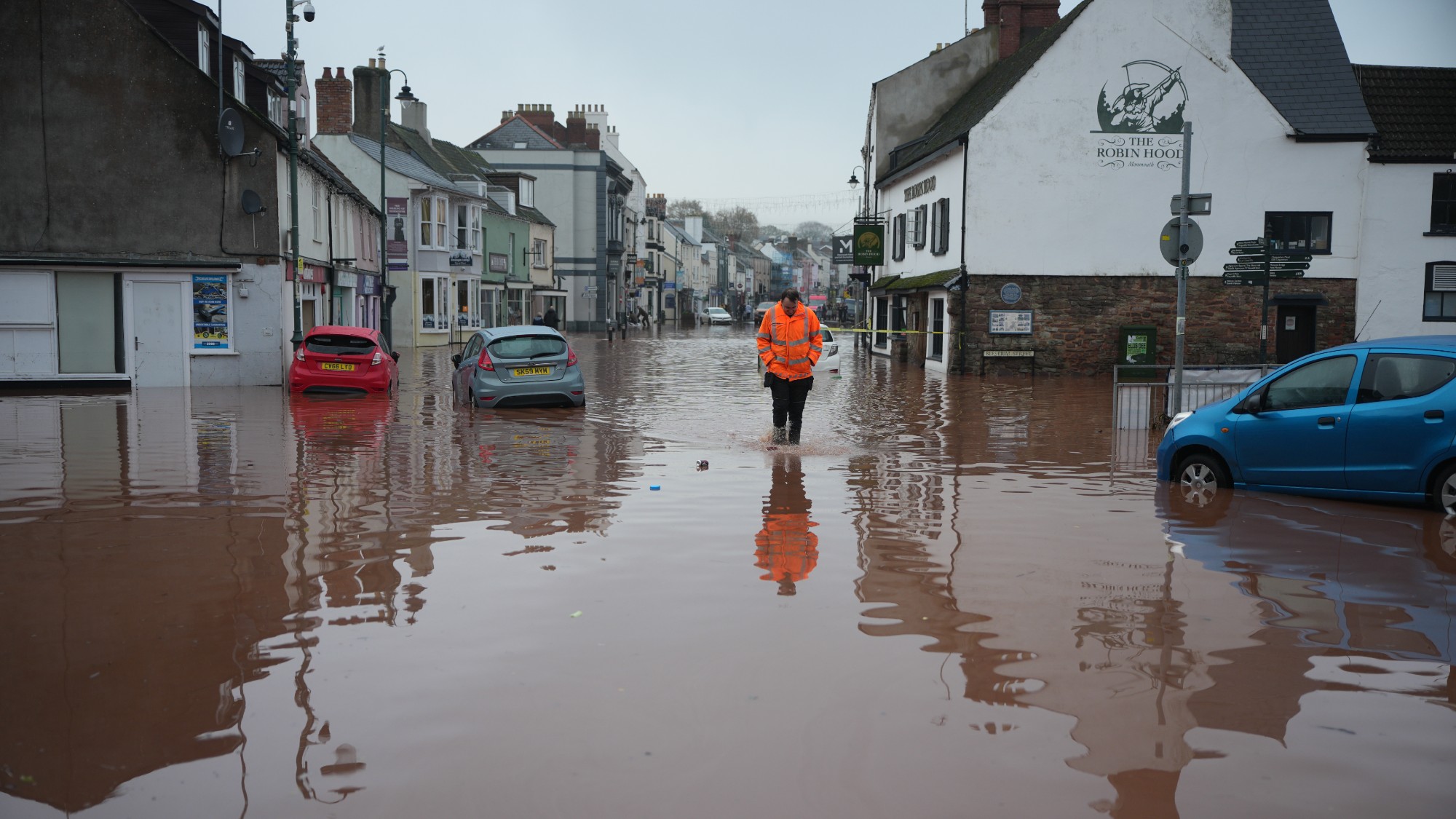 How will climate change affect the UK?
How will climate change affect the UK?The Explainer Met Office projections show the UK getting substantially warmer and wetter – with more extreme weather events
-
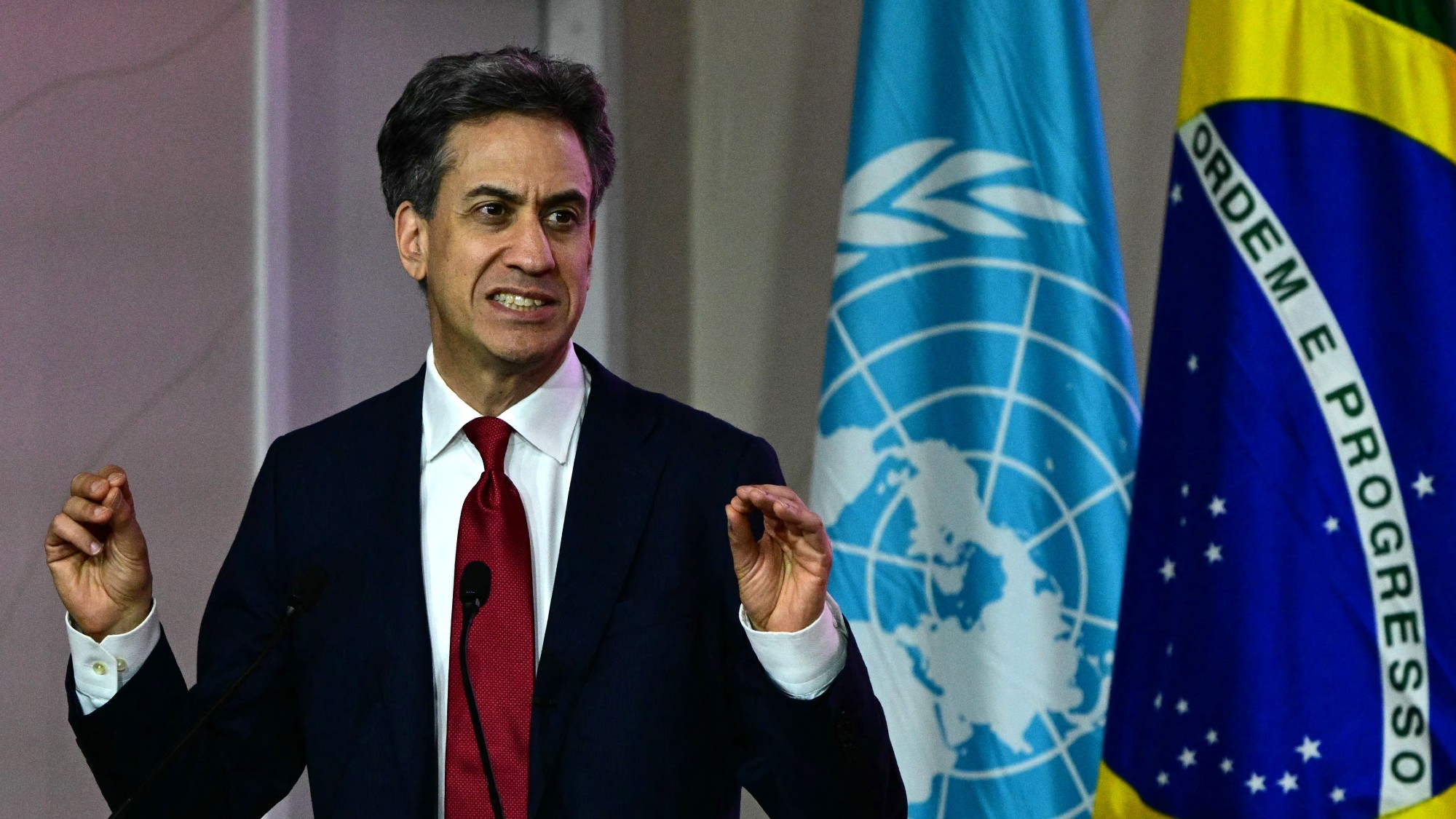 Can the UK do more on climate change?
Can the UK do more on climate change?Today's Big Question Labour has shown leadership in the face of fraying international consensus, but must show the public their green mission is ‘a net benefit, not a net cost’
-
 Did Cop30 fulfil its promise to Indigenous Brazilians?
Did Cop30 fulfil its promise to Indigenous Brazilians?Today’s Big Question Brazilian president approves 10 new protected territories, following ‘unprecedented’ Indigenous presence at conference, both as delegates and protesters
-
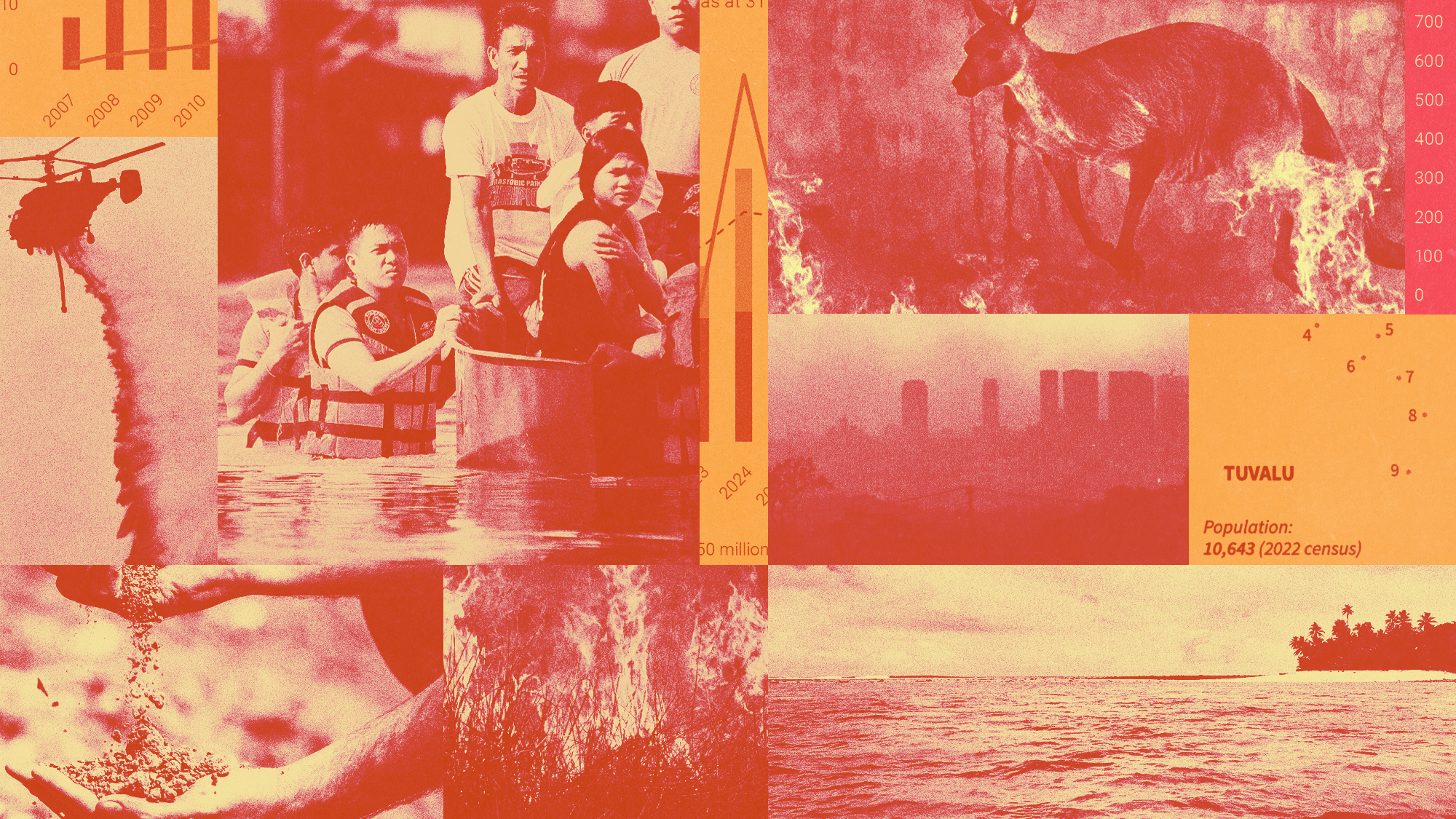 Can the world adapt to climate change?
Can the world adapt to climate change?Today's Big Question As the world gets hotter, COP30 leaders consider resilience efforts


